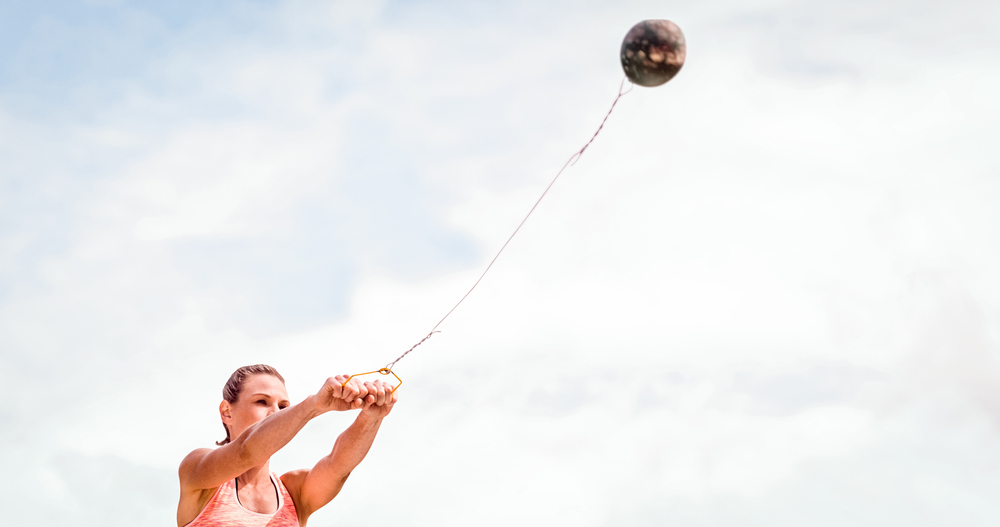The Olympics in Paris has showcased a wide array of sports, each with its own stories of skill and dedication. I am not sure if you are like me, but I like to keep my TV on during the Olympics. With this Olympics as I watched the events on TV, I found myself captivated by one sport I had never really paid attention to before: the Hammer Throw. Not only was it exciting to see Canada win GOLD in both the male and female events, but it reminded me of what I do everyday at work with dizziness treatment.
The Technique Behind the Hammer Throw
The Hammer Throw is about precision and technique, not just raw strength. According to the official Olympic description, athletes throw a metal ball attached to a grip through a steel wire. They make three or four spins inside a 2.135m diameter circle before throwing the ball within a 35-degree marked sector. [source] What struck me most wasn’t just the distance these athletes achieved in throwing the ball, but the incredible coordination required to spin rapidly and release the ball accurately.
The Body’s Remarkable Ability to Adapt
Watching the athletes, I was amazed by how they seemed to defy the limits of human coordination. They spun with dizzying speed yet never appeared unsteady or disoriented. How could they do that? The answer lies in the remarkable adaptability of the human body.
The Connection Between Hammer Throw and Dizziness Treatment
These hammer throwers perform complex movements without losing balance, thanks to their time spent training. Initially, they may have struggled with one spin. Over time, their bodies adapted. By gradually increasing the complexity and intensity of their training, they built up to the multi-spin throws we see today. This concept of gradual adaptation is crucial not only in athletics but also in managing physical conditions like dizziness.
Dizziness Treatment Through Habituation
Many of our patients at North 49 experience dizziness that affects their daily lives. Unless they have specific conditions like BPPV (Benign Paroxysmal Positional Vertigo) or are going through an active bout of a vestibular migraine or Meniere’s Disease, the key to addressing dizziness often involves controlled, gradual stress on the body. This process, known as habituation, involves performing activities that cause dizziness in a slow, progressive manner. Just like hammer throwers train their bodies to spin without disorientation, patients can train their bodies to become less sensitive to movements that trigger dizziness.
Achieving Balance: How Dizziness Treatment Can Improve Your Life
If you’re struggling with dizziness or physical discomfort, remember that your body has the potential to improve. With the right approach, you can gradually become less sensitive to many of the things that bother you. At North 49 we’re here to help you assess the cause of your symptoms and work with you to develop a plan specific for you so your symptoms do not affect your quality of life, whether in daily activities or sports.
The Hammer Throw might have been just another Olympic event, but for me, it was an interesting reminder of what the human body can achieve with determination, training, and the right guidance.

